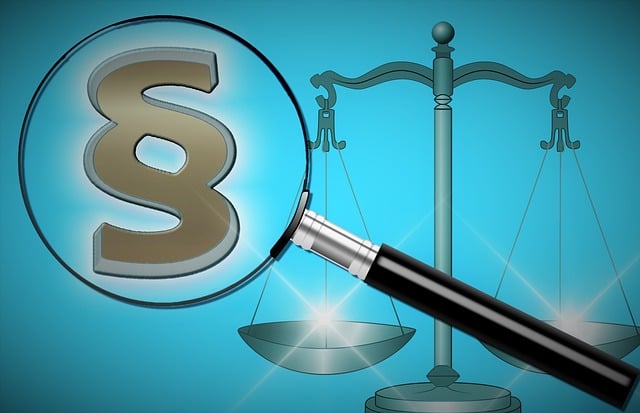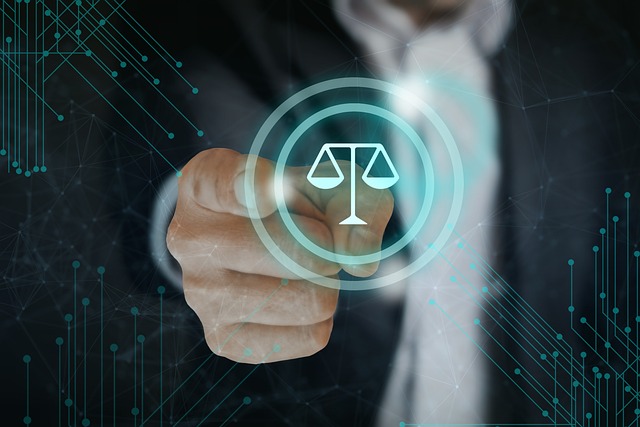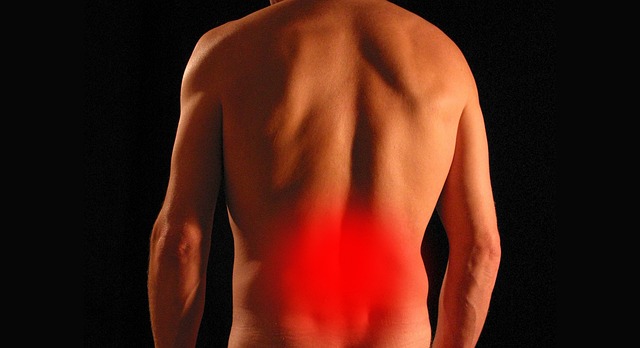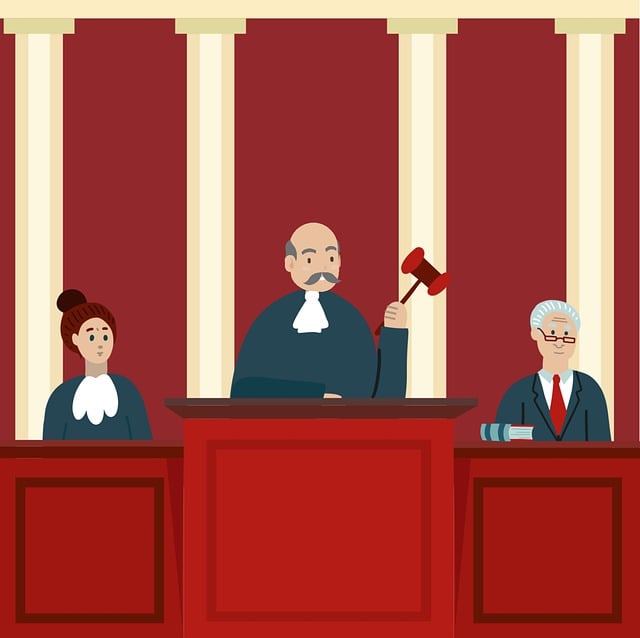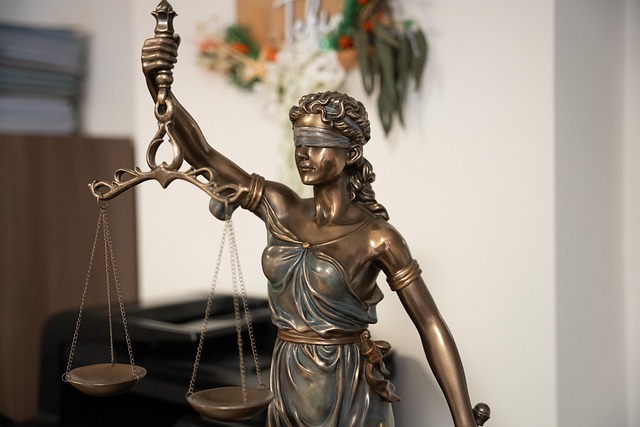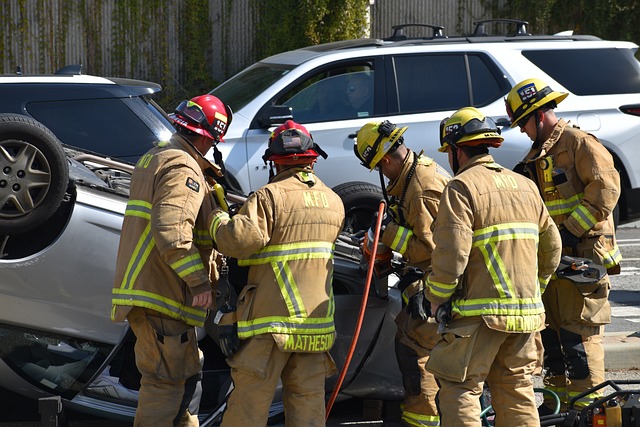Wet floor accidents pose significant risks in various settings, leading to potential severe injuries or wrongful death. Prompt documentation, including detailed descriptions and visual evidence, is crucial for personal injury claims and business litigation. Key evidence such as witnesses, security footage, and immediate reports establish liability and strengthen cases, especially for vulnerable populations and complex scenarios like elder law cases. Efficient document gathering improves the chances of achieving a fair outcome.
Wet floor accidents pose significant risks, leading to slips, falls, and potential injuries. Understanding these hazards and their impact is crucial. This article delves into the importance of timely documentation in wet floor accident claims. Effective documentation strategies ensure thorough records, which are vital for successful legal pursuits. Learn how prompt action, detailed record-keeping, and professional assistance can safeguard your rights following a wet floor incident.
- Understanding Wet Floor Accidents and Their Potential Hazards
- The Importance of Timely Documentation in Accident Claims
- Strategies for Effective Documentation After a Wet Floor Incident
Understanding Wet Floor Accidents and Their Potential Hazards

Wet floor accidents can occur in various settings, from bustling stores to quiet homes, and pose significant hazards to individuals who may slip, trip, or fall as a result. These incidents are not merely inconvenient; they can lead to serious injuries, including broken bones, head traumas, and even wrongful death claims. In public spaces, such accidents often stem from inadequate maintenance or cleaning protocols, while in private residences, they might be caused by unexpected water leaks or poor lighting that obscures a wet floor.
Understanding the potential dangers associated with wet floors is crucial, as it can help prevent accidents and inform individuals on what to do if they or their loved ones become victims. In legal terms, a business or property owner has a fiduciary duty to ensure the safety of visitors or residents. Breach of this duty, whether through negligence or intentional inaction, can lead to elder law-related claims for compensation, especially when vulnerable populations are affected. Prompt documentation, including detailed descriptions and, if possible, visual evidence, is essential in such cases as it supports claims and facilitates a fair resolution.
The Importance of Timely Documentation in Accident Claims
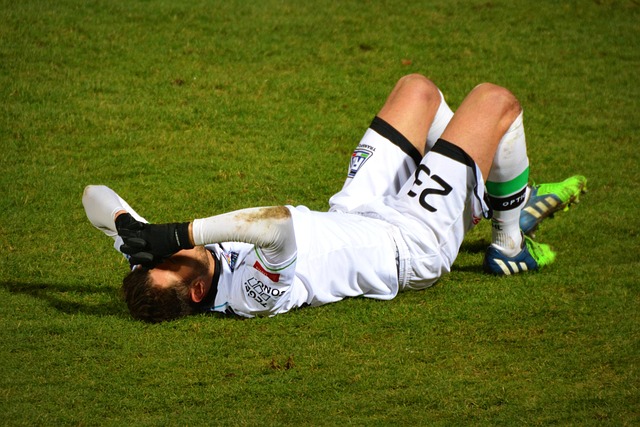
In the event of a wet floor accident, timely documentation is paramount to the success of any subsequent personal injury claims. Witnesses, security footage, and immediate reports are invaluable resources that can help establish liability and strengthen your case. Prompt action ensures that evidence isn’t contaminated or lost over time, which could significantly impact your chances in court.
For business litigation involving wet floor accidents, this documentation becomes even more critical. A truck accident attorney, for instance, would rely on detailed records to argue negligence and secure compensation for their client. Efficient document gathering and preservation are key strategies to ensure a fair outcome, regardless of the type of accident or subsequent legal action.
Strategies for Effective Documentation After a Wet Floor Incident

After a wet floor incident, effective documentation is key to supporting your wet floor accident claim. The first step is to gather all relevant information promptly. This includes taking detailed photos of the slip and fall scene, noting the exact time and date of the incident, and collecting contact details of any witnesses present. Additionally, seeking medical attention immediately after the accident is crucial, as documentation of injuries sustained will be essential for your claim.
Next, consider keeping a comprehensive record of all expenses related to the accident, such as medical bills, hospital visits, and any required rehabilitation or physical therapy. Lastly, consult with a qualified personal injury attorney or auto accident attorney, especially in cases involving elder law, to ensure your rights are protected. They can guide you on the best course of action for documentation and help build a strong case.
Timely documentation is paramount when pursuing claims related to wet floor accidents, as it provides crucial evidence and enhances the validity of your case. By swiftly recording details such as the incident’s timing, location, and conditions, as well as gathering relevant witness statements and medical reports, you can significantly strengthen your claim. Effective documentation strategies ensure that potential hazards associated with wet floors are accurately represented, leading to a smoother legal process and increased chances of a favorable outcome for victims.
